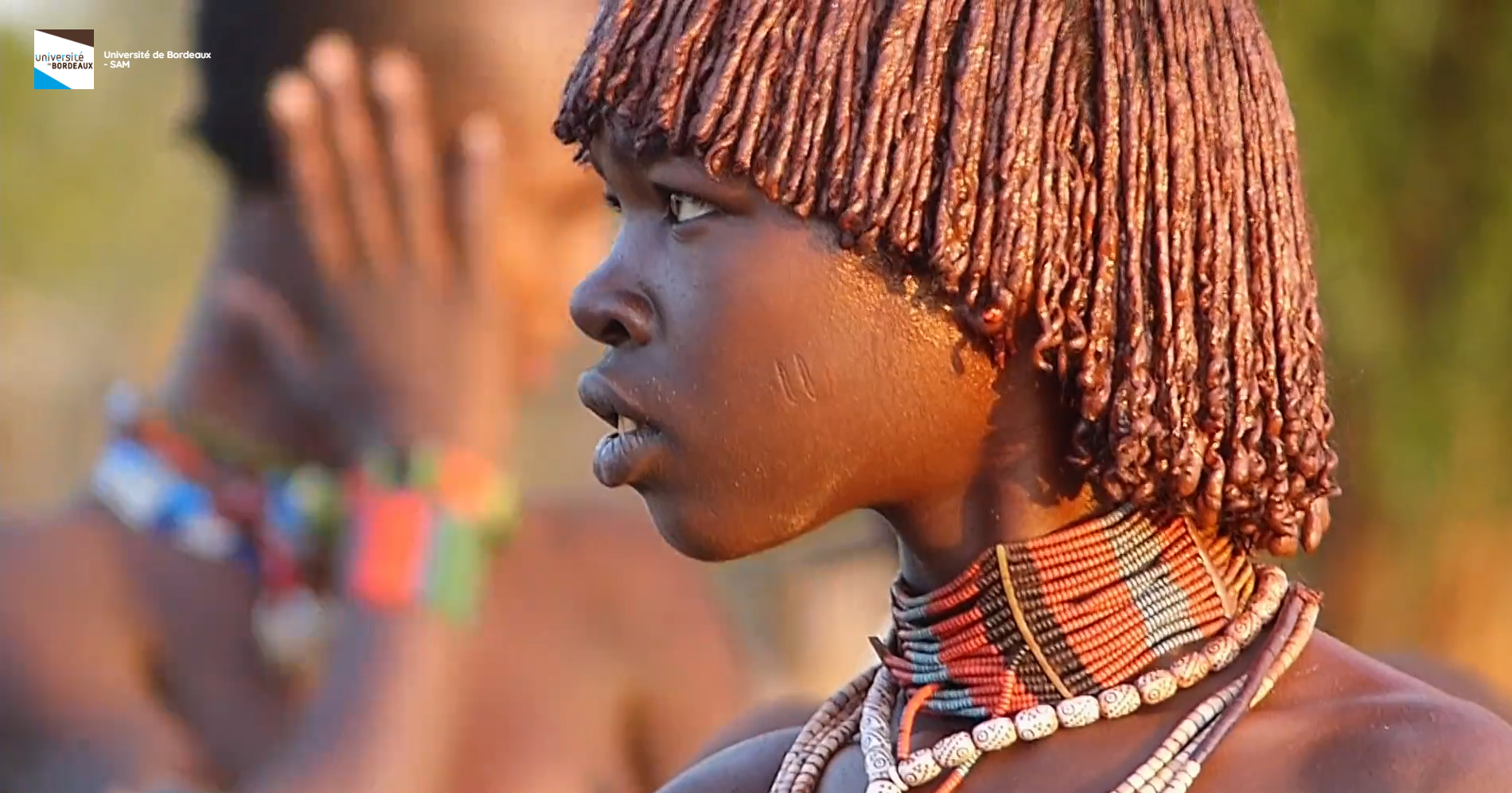Hamar Project

RED HAMAR
The use of mineral pigments, in particular red ochre, is currently at the centre of the debate on the origin of modern humans and cultural complexity.
The earliest secure evidence of ochre use is found at 400,000 year-old archaeological sites in Africa and Europe. At these sites, iron-rich rocks are modified by grinding, scraping, rubbing and knapping to produce red powder. In some cases, modified ochre pieces were used as crayons. Traces of ochre processing in the form of ochre fragments and ochre processing tools are found a most Middle Stone Age sites from Southern and East Africa after 160,000 years ago, but information on how and why this material was used by past populations is still scant. The analysis of ochre still in use by traditional societies is essential in this context.
In this documentary, researchers from the University of Valencia, Bordeaux and Bergen present the results of their research on Palaeolithic and present-day ochre use in Ethiopia. They focus their attention on the famous archaeological site of Porc-Epic Cave, Dire Dawa. They also document ochre gathering, heating, processing, mixing with other ingredients and use for hair treatment by Hamar women, as well as the role of this material in the Hamar culture.

